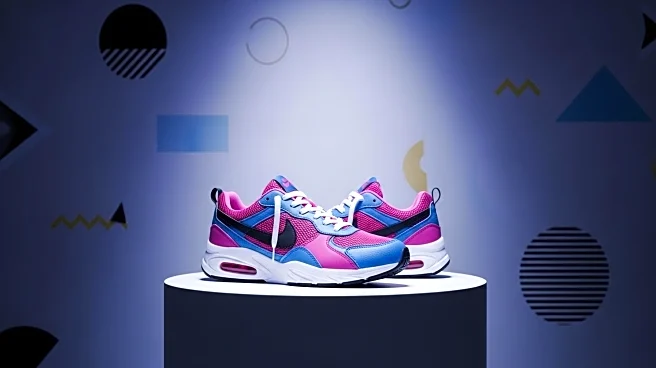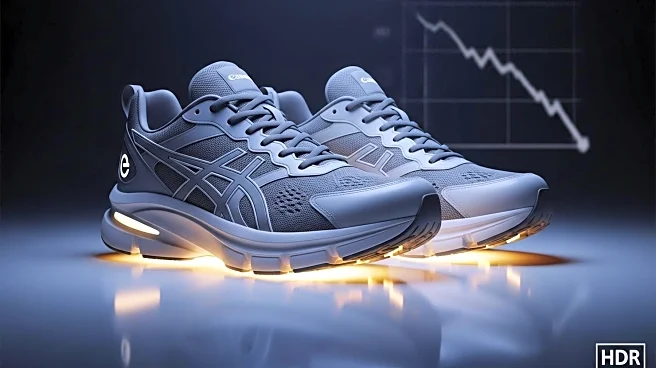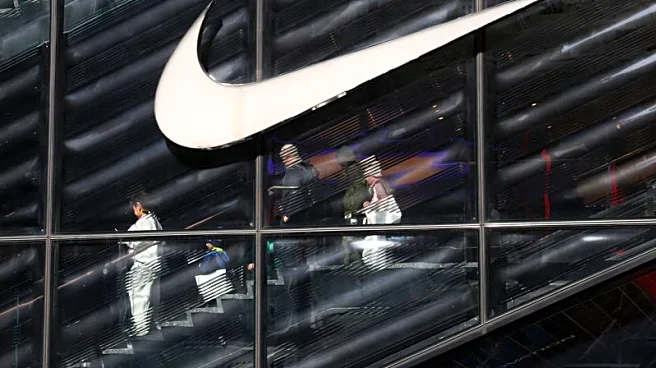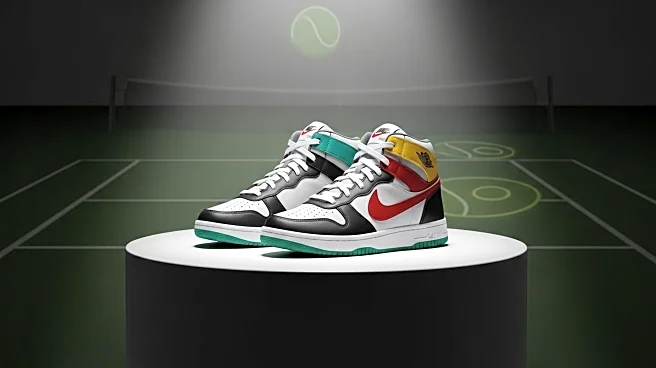What's Happening?
Nike, traditionally a dominant force in the athletic footwear market, is experiencing a decline in popularity among young consumers during the back-to-school season. According to a survey conducted by wealth management firm Stifel, only 38.2% of U.S. retailers identified Nike as their most popular brand for the 2025 back-to-school season, a significant drop from 88.2% in 2023. The survey, which included data from 110 footwear stores such as Dick’s Sporting Goods and Foot Locker, indicates a shift in consumer preferences among Gen Z and Gen Alpha. While Nike remains a leader, its margin has decreased, with brands like New Balance emerging as competitors. The survey highlights a trend of younger consumers seeking innovation and new styles, moving away from Nike's reliance on retro designs.
Why It's Important?
The decline in Nike's popularity among younger demographics is significant for the brand's future market positioning. Establishing a connection with younger consumers is crucial as they are trendsetters and will become the leading consumers in the future. This shift could impact Nike's long-term sales and brand loyalty. Competitors like New Balance and Adidas have an opportunity to capitalize on this trend by offering innovative designs that appeal to the younger market. For Nike, regaining favor with this demographic is essential to maintain its market dominance and ensure future growth.
What's Next?
Nike may need to innovate and diversify its product offerings to regain popularity among younger consumers. This could involve introducing new styles and leveraging social media platforms to engage with Gen Z and Gen Alpha. Competitors will likely continue to challenge Nike's market position by focusing on innovation and appealing to the evolving tastes of young consumers. The outcome of these strategies will shape the competitive landscape in the athletic footwear industry.
Beyond the Headlines
The shift in consumer preferences among younger demographics may reflect broader cultural changes, including increased willingness to experiment with fashion and a desire for individuality. This trend could influence other sectors of the fashion industry, prompting brands to prioritize innovation and adaptability to meet the demands of younger consumers.












